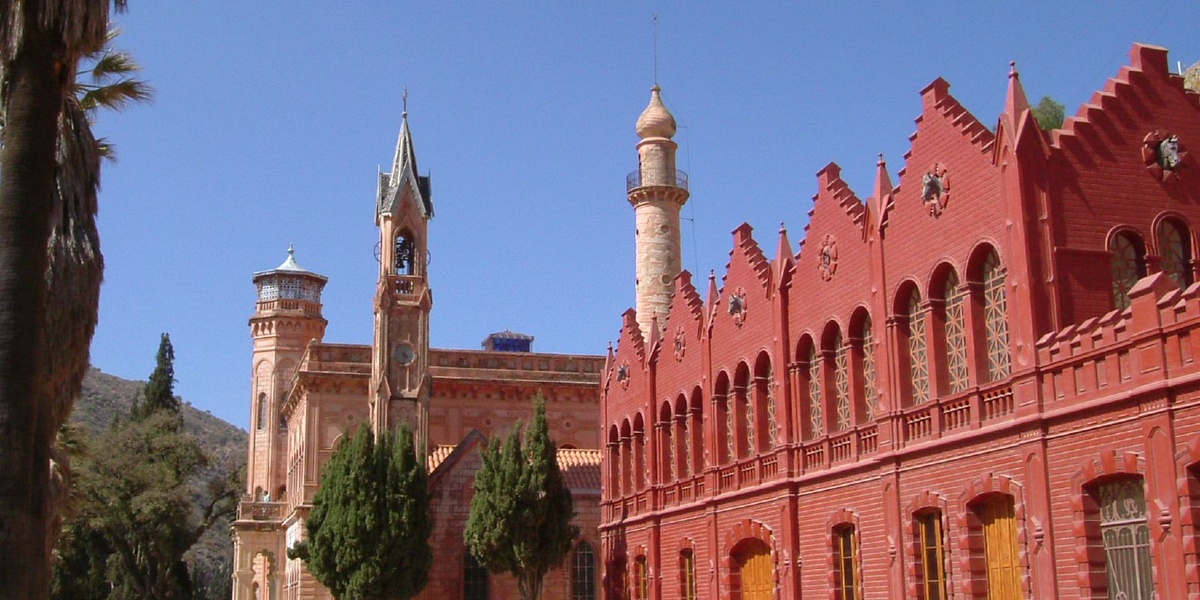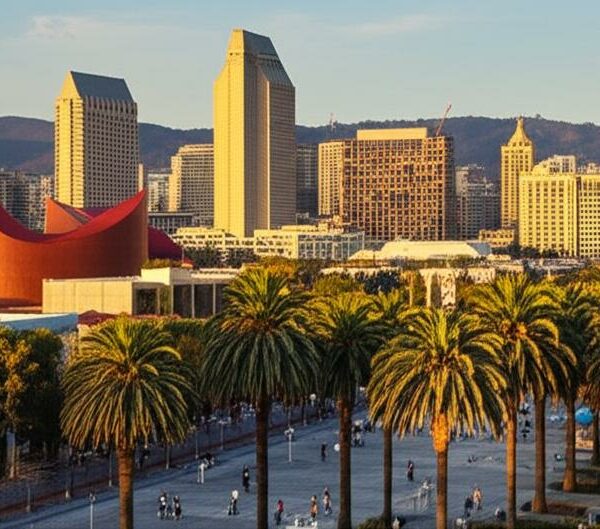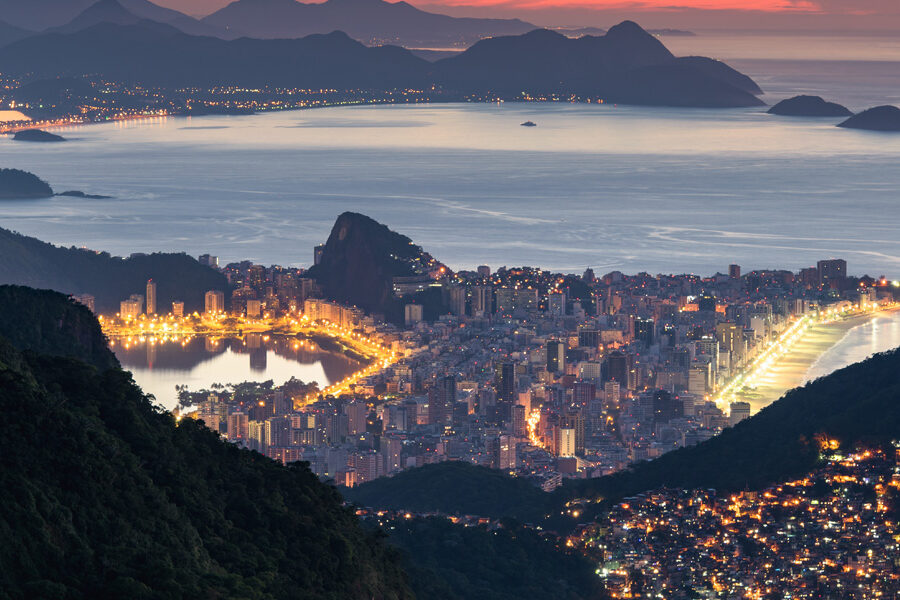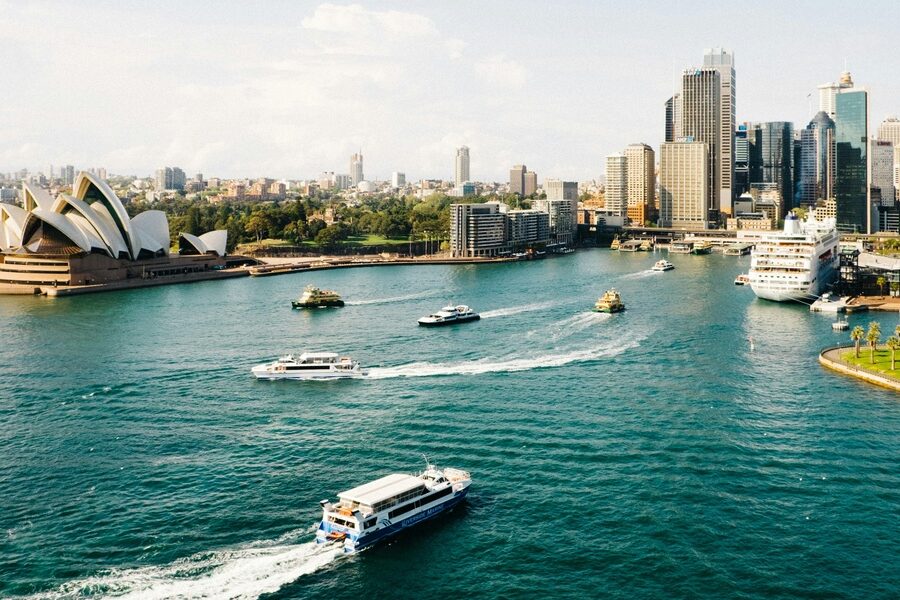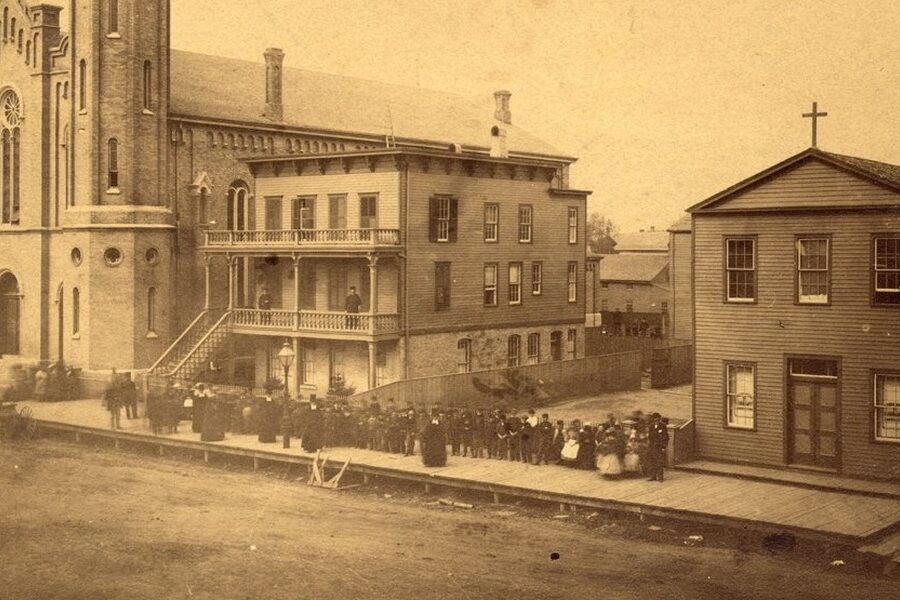Bolivia mixes highland cities, Amazon outposts and colonial towns, so safety can vary a lot depending on region and local conditions. Whether you’re planning a short visit or longer stay, knowing where incidents cluster helps you choose neighborhoods and times to travel.
There are 6 Safest Cities in Bolivia, ranging from Cobija,Tarija. For each city I list clear, comparable data organized as Country,Homicide rate (per 100k),Population (people) so you can scan risk and size at a glance — you’ll find below.
Are these cities safe to visit for tourists?
Many of the listed cities are generally safe for visitors who stick to common-sense precautions: avoid poorly lit or isolated areas at night, keep valuables discreet, and ask locally about any neighborhood concerns. Safety can vary by district and time, so use the city-level data here alongside recent local advice and your own caution.
How was “safest” determined for this list?
This list emphasizes low homicide rates adjusted to population as a primary indicator, since it’s a standardized, comparable metric; local crime patterns, law enforcement presence and recent trends were also considered when possible. Remember that homicide rate is one measure — pickier concerns like petty theft or road safety may differ and are worth checking separately.
Safest Cities in Bolivia
| City | Country | Homicide rate (per 100k) | Population (people) |
|---|---|---|---|
| Tarija | Bolivia | 1.5 (2022) | 210,000 (2021) |
| Sucre | Bolivia | 3.0 (2022) | 325,000 (2021) |
| Potosí | Bolivia | 1.8 (2021) | 210,000 (2021) |
| Oruro | Bolivia | 2.2 (2021) | 265,000 (2021) |
| Quillacollo | Bolivia | 2.5 (2022) | 160,000 (2021) |
| Cobija | Bolivia | 3.5 (2021) | 80,000 (2020) |
Images and Descriptions
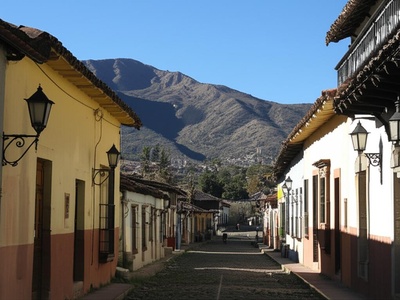
Tarija
Quiet, small regional capital known for low violent crime, stable policing and walkable center. Petty theft is the main risk; stick to casco viejo and Añangua with usual precautions. Popular with expats for good services and relaxed pace.
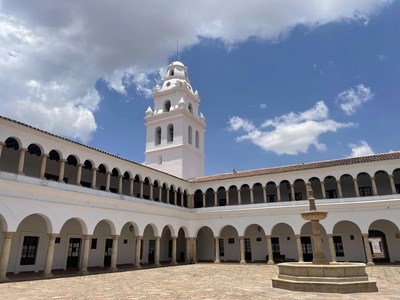
Sucre
Constitutional capital with colonial center, consistent traveler reports of safety and a low homicide rate. Main risks are pickpocketing in markets and at bus terminals; safer neighborhoods include Alto de la Glorieta and Recoleta. Good for long stays.
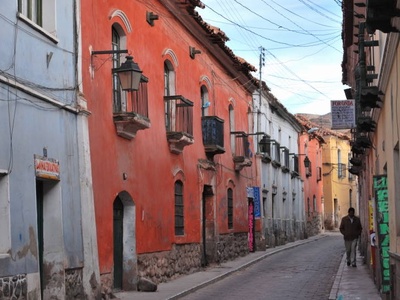
Potosí
Historic mining city with very low homicide levels and calm streets outside peak tourist sites. Petty theft near tourist attractions occurs; stay aware around markets. Noted for strong community policing and predictable safety for visitors.
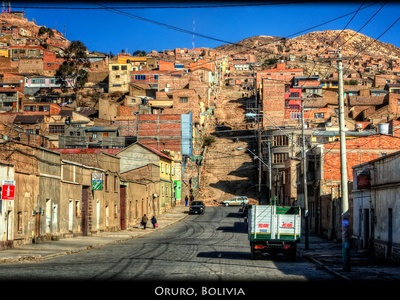
Oruro
Regional city with reliable public order and low homicide figures. Carnival brings crowds where pickpocketing rises; neighborhoods near the university and central plaza are well-patrolled. Practical base for Andean travel with measured safety.
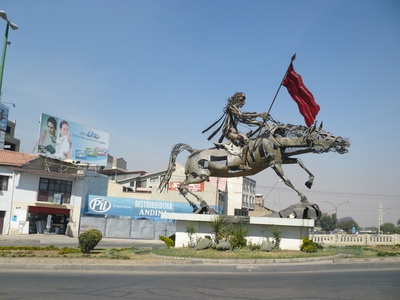
Quillacollo
Growing suburb of Cochabamba with lower violent crime than the nearby metropolitan center. Daytime streets and local markets are generally safe; avoid poorly lit peripheral areas at night. Favored by families and commuters for quieter living.
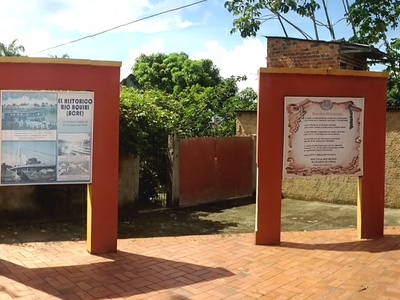
Cobija
Border city in Pando with a lower homicide rate than national average and generally positive traveler reports. Typical risks include opportunistic theft and occasional cross-border smuggling; stick to central commercial areas and travel advisories when crossing borders.

